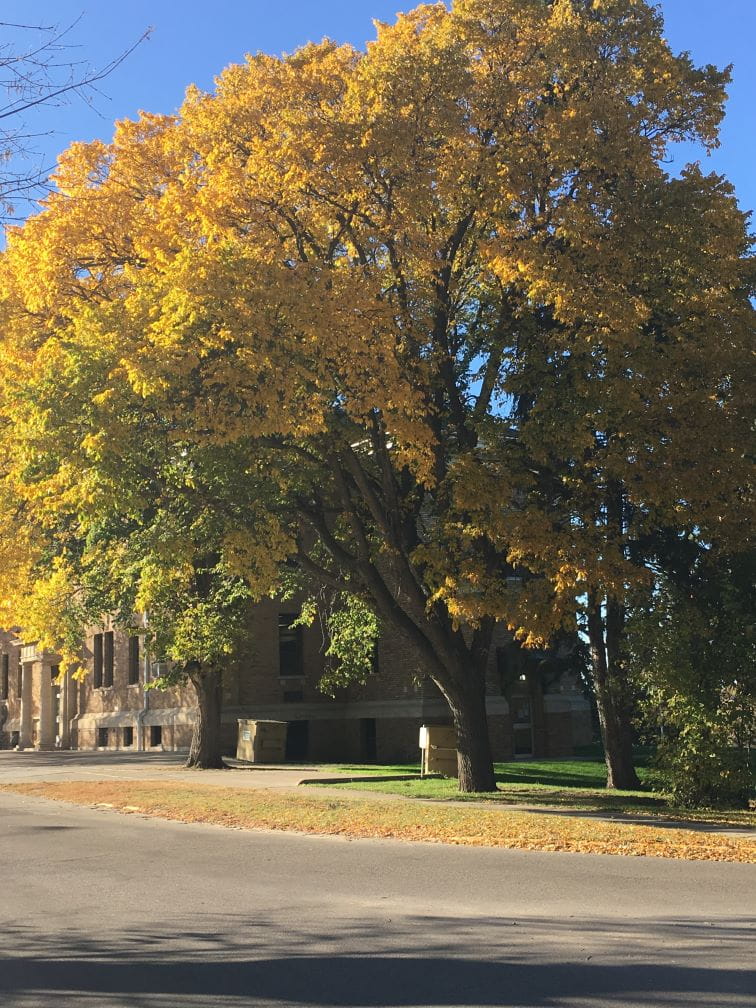Released on August 31, 2022
The annual ban on pruning elm trees comes to an end August 31, and Saskatchewan home and property owners are encouraged to prune their elm trees again starting September 1.
Each year, provincial regulations prohibit pruning elm trees from April 1 to August 31 to reduce the risk of spreading Dutch Elm Disease (DED). The elm bark beetles that spread the disease are most active during this period, and fresh cuts from pruning can attract insects to healthy elm trees.
Regular pruning is a great practice to keep trees healthy and less vulnerable to all types of diseases. Outside the ban period, removing the dead branches on elm trees makes trees less attractive to elm bark beetles and reduces the risk of DED. The early fall weather offers an ideal setting for tree maintenance; with leaves still on the trees, homeowners have an easier time seeing and removing dead or unhealthy branches.

Remember: bad pruning practices or pruning incorrectly can injure trees and add stress, making them more vulnerable to DED. It's important to prune properly, whether you hire someone or do it yourself. Under provincial regulations, commercial pruners of elms must complete a recognized training program or be supervised by someone who has.
In Saskatchewan, it is illegal to transport or store elm firewood. The wood can carry the elm bark beetles, and transported wood is one of the main ways the disease spreads. Dispose of elm wood promptly by burning or burying it in a location approved by your local municipality.
To find out more about proper elm disposal in your area, check with your local municipal authority.
For more information, or if you suspect an elm tree may have DED, call the Ministry of Environment's general inquiry line at 1-800-567-4224.
-30-
For more information, contact:
Val Nicholson
Environment
Phone: 306-953-2459
Email: Val.Nicholson@gov.sk.ca

